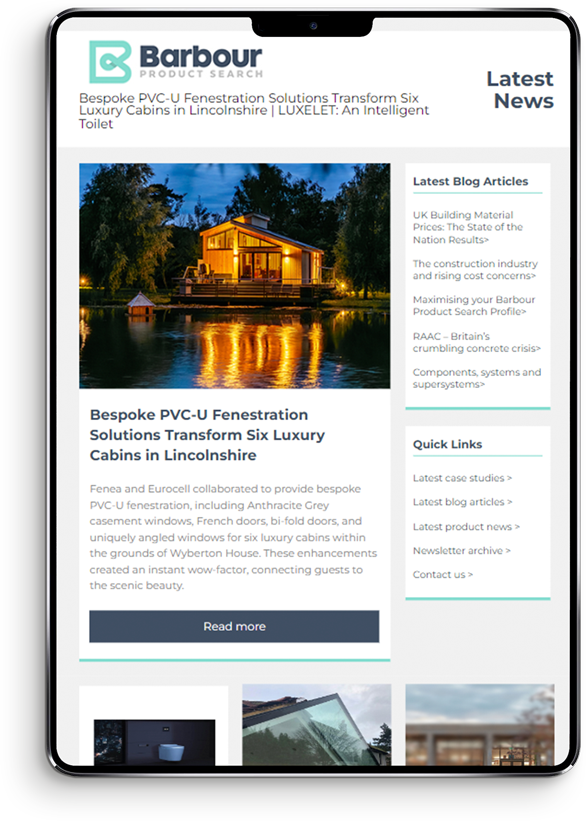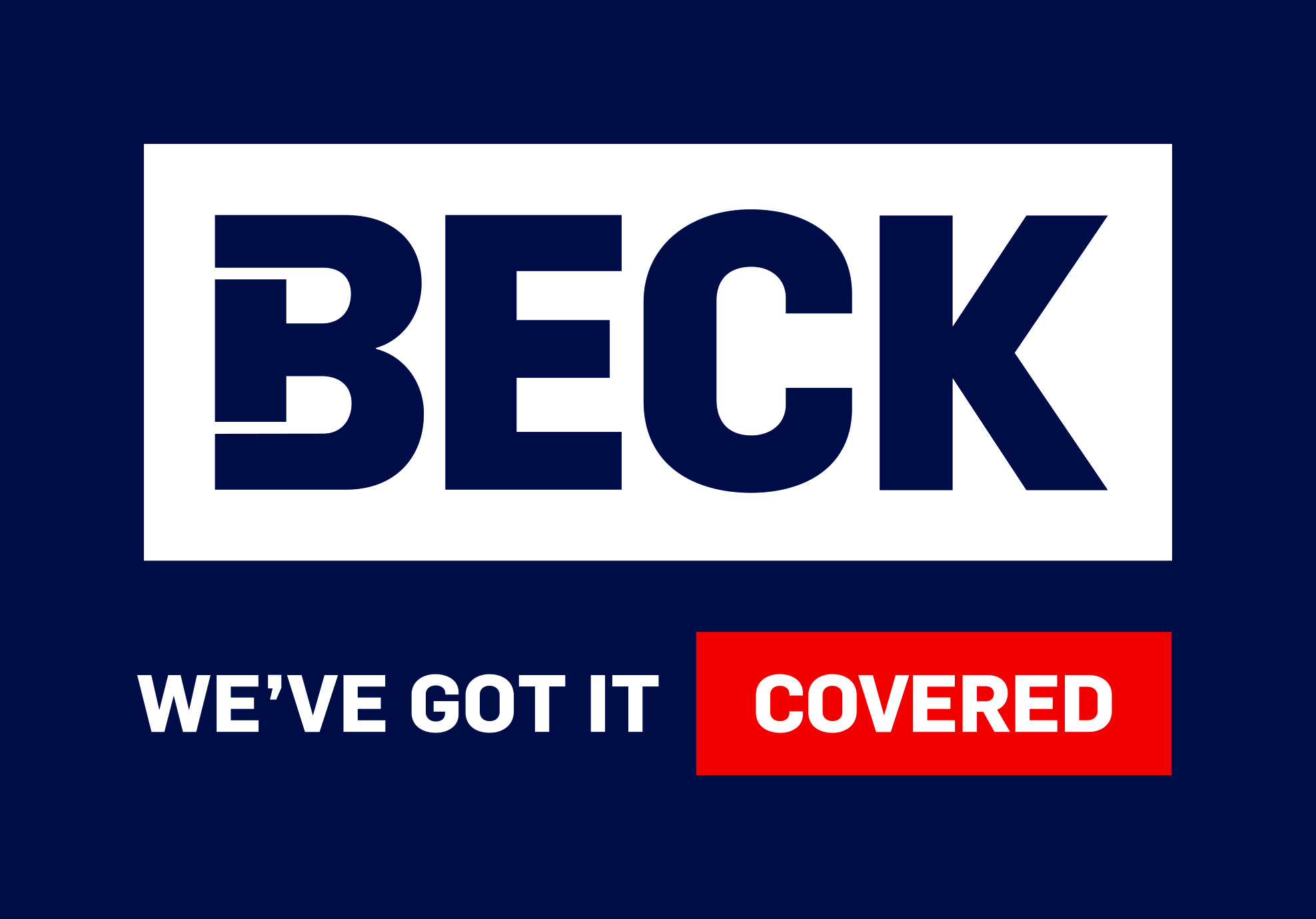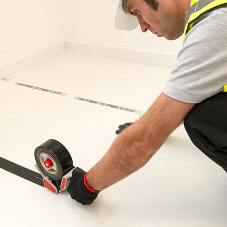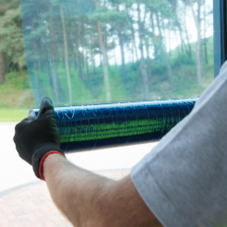When starting a project that requires temporary protection, Correx often comes up as a go-to solution. Known for its versatility, lightweight structure, and impressive durability, this corrugated plastic material is used across various industries, but mainly within the construction industry. However, if you're new to Correx, you might have some questions about its uses, recyclability, and specific properties.
In this guide, Beck have looked at the most frequently asked questions about Correx to help you make informed decisions on how best to incorporate it into your work.
What is Correx?
Correx is a type of corrugated plastic, also known as polypropylene fluted board. It’s valued for its durability, being lightweight, and its flexibility, making it a popular choice for both short-term and long-term applications. From protecting surfaces during construction to creating signage, Correx is incredibly versatile.
What is Correx Board used for?
Correx is commonly used in construction as a temporary protection material, such as Correx floor protection, as well as walls and other surfaces from damage. Beyond construction, it's used for making signs and packaging and in event management, where a sturdy but disposable material is needed. Its durability and water-resistant nature also make it suitable for outdoor use.
Read more: A guide to temporary floor protection
What is Correx made of?
Correx is made from polypropylene, a type of plastic known for its toughness and resilience. The material is corrugated, meaning it has a layered structure with flutes, providing strength while keeping it lightweight.
Is Correx waterproof?
Yes, Correx is waterproof. Its polypropylene composition makes it resistant to moisture, which is why it's frequently used in outdoor environments or in places where water exposure is a concern.
Can Correx be recycled?
Yes, Correx is recyclable. Being made from polypropylene, it can be recycled along with other plastics. However, recycling facilities vary, so it’s essential to check with your local recycling centre to ensure they accept polypropylene.
How to cut Correx
Cutting Correx is easy with the right tools. You can use a sharp utility knife or scissors for smaller cuts. For larger or more precise cuts, consider using a craft knife with a straight edge to guide your cut. Just be sure to work on a stable surface to avoid damaging your cutting tools or the material.
Where can i buy Correx?
If you're looking to purchase high-quality Correx for your next project, Beck offer a wide range of Correx sheets in various sizes and thicknesses, perfect for construction protection.
At Beck, they offer a wide range of temporary protection products. Browse the range of products or get in touch with any questions about how Correx can help with your project.
Frequently asked questions about Correx
| T | 01432 263598 |
|---|---|
| E | sales@beckuk.com |
| W | Visit Beck Temporary Protection Solutions's website |
| Beck Products Ltd, Gateway House, HR2 6EQ, Holme Lacy Road, Rotherwas, Hereford, HR2 6EQ |
Products by this Company





